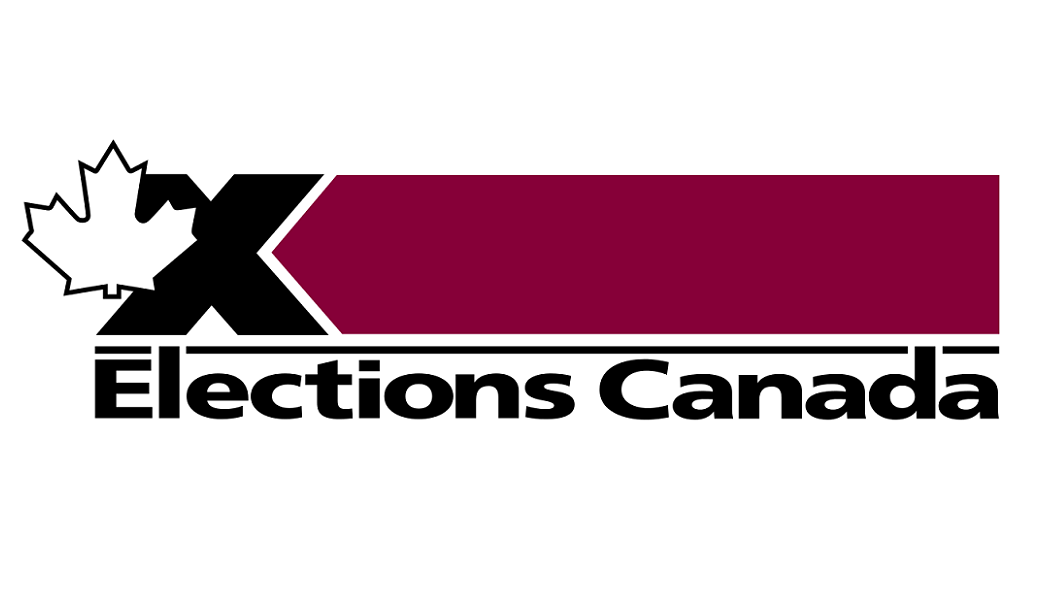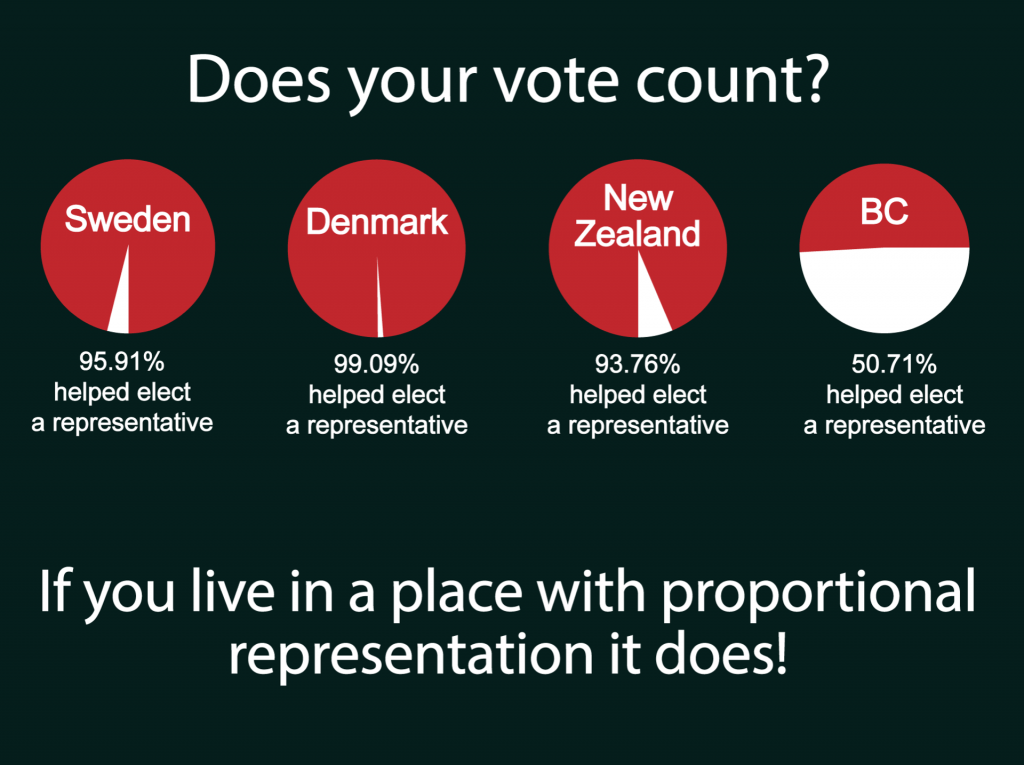Hi everyone,
After my last post where I reflected on the results of the election our class was split into different groups and we each have to make a political party. The Political Parties should be focused on solving problem we don’t think any of the current political parties solve. I’m in a group with Nate, Logan, Sophia, and Indy. We’ve named our party the Traditionalist Party of Canada. We aim primarily aim to solve income and wealth inequality while improving the Canadian economy.

This graph comes from pressprogress.ca
Sounds like a big task right? While it is, there is a lot that goes into solving wealth and income inequality. First you need to understand how big the wealth gap is in Canada right now. As well as how its grown over the years. A good example of this is that Finances of the Nation suggests that the top 1% of Canadian hold 25.6% of National wealth. This is much higher then the 10% the one percent held post WWII. The wealth of the one percent seams ridiculous compared to the 4.5% of the wealth held by the bottom 50%. Covid-19 has only made wealth inequality grow. During the pandemic the wealth of the one percent of Canadian has grown by over 20 billion dollars. While the wealth of the bottom half of Canadians has slightly declined. These estimates were provided by the National Observer.
Now understanding income inequality and affordability and how it has gotten worse over time. Burying a home which was a normal and relatively easy accomplishment in the past is now incredibly difficult if your not rich. Just how much easier was it in the past? Check out this article on Seattle housing over time (even though it’s not a Canadian website it’s a near identical story across all major Canadian cities) or you keep reading this blog post. For example the median household income in BC in 1980 was $21,000 per year. That adjusted for inflation is around $67,000 per year. The average home in BC was $68,000 in 1980 that adjusted for inflation is $216,000. Now the median income a household is $90,000 per year but the median house in BC is $736,000. That means in 1980 the average house was 3.2 times the median household income but in 2021 it is 8.2 times the median household income. That is a massive difference and clearly something needs to be done to change that.

This is where the Traditionalist Party of Canada comes in. If elected we would make housing more affordable. This would be done through lowering BC and Ontario housing prices by 35%. That might sound like a lot but that would set these housing markets back just 5 years. This would be done a number of ways, first of all we will ban all future foreign buyers from the Canadian Market. Only Canadian residents may purchase property in these places. There however would be exemptions in tourist locations such as Tofino. We will also ad a house flipping tax. It would be a large sales tax on houses which were sold within two years of being purchased. Finally we would make laws to repeal strict zoning ordnances which keep housing prices high.
In addition to making housing more affordable we will increase wages in Canada. This will be done through decreasing education costs as well as increasing high paying industries in Canada such as mining, oil and gas and tech. This will create more high paying trades jobs as these industries typically have high median wages. The median wage in all these industries is over $60,000 per year and there is many high paying six figures jobs in all these industries. Allowing these industries to flourish in Canada will help all aspects of our economy.
I hope you learned a lot about income and wealth inequality in Canada and how the Traditionalist party of Canada can fix it. To sum up the Traditionalist party of Canada. We aim to fix income and wealth inequality in Canada by modelling our economy after the successful economy throughout the 50s-80s.




